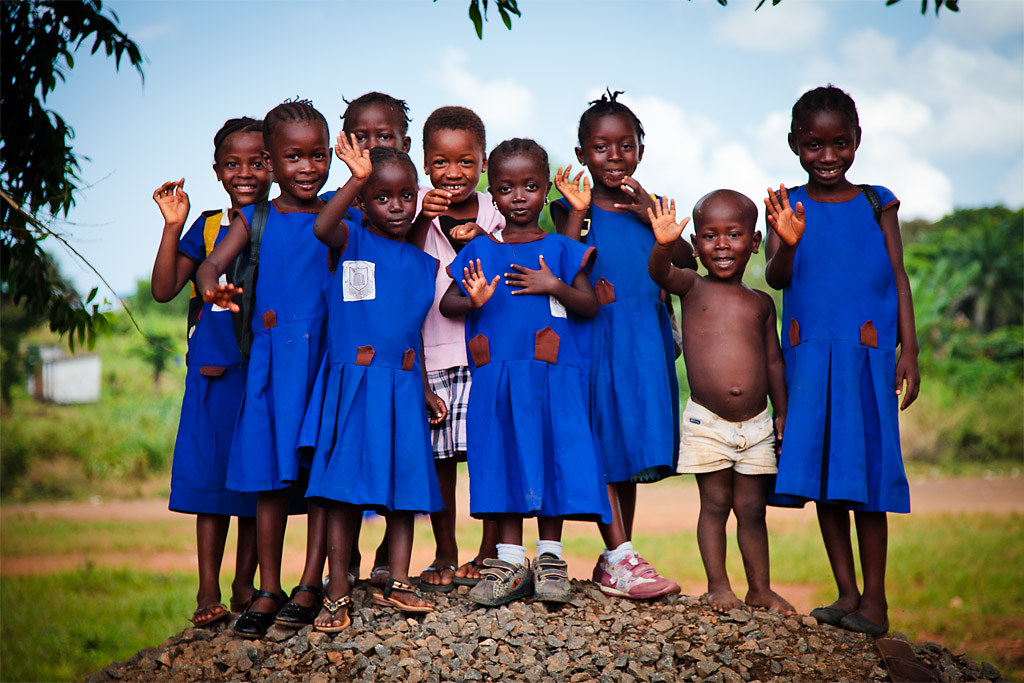
Sierra Leone is a small, deeply impoverished country on the southwest coast of Africa. According to most recent data, almost 60% of the country lives below the national poverty line, while 43% of Sierra Leone’s nearly nine million residents live in extreme poverty, which is defined as less than $1.90 a day. The country is one of the poorest in the world, ranking 184th out of 193 countries according to the Human Development Index, which measures countries based on their life expectancy, education level and standard of living. Here is everything you need to know about poverty in Sierra Leone.
The COVID-19 pandemic and the Russia-Ukraine war have negatively impacted Sierra Leone’s poverty reduction efforts. Almost 60% of families have reported a decline in their income. At the same time, widespread inflation has reduced people’s purchasing power and increased poverty. These crises have also worsened food security in the already incredibly food insecure country. Surging prices of staple foods have led to an increase in malnutrition and food insecurity among the population.
Food Insecurity and Access to Clean Water
Food Insecurity is a widespread problem in Sierra Leone. The World Food Programme (WFP) estimates that 82% of the population is food insecure and that 26% of children are stunted, experiencing impaired growth due to malnutrition. Despite agriculture being an essential part of the country’s economy, it is underdeveloped forcing it to be dependent on food imports. The country is prone to food crises and malnutrition, a problem likely to increase due to the effects of changing weather patterns.
Progress in Reducing Poverty in Sierra Leone
Since an 11-year civil war ending in 2002, Sierra Leone has seen continued economic growth. The country has seen its GDP more than triple and experienced a reduction in extreme poverty from 55% in 2011 to 43% today. The main driver in this recent poverty reduction has been growth in urban areas, where poverty is far less prevalent. In rural areas, 60% of the population lives in poverty, as compared to only 20% of the urban population. Today, an estimated 44% of people in Sierra Leone live in urban areas.
A number of nonprofits, governmental and international organizations provide vital assistance to Sierra Leone. One of these organizations is The United Nations Children’s Fund (UNICEF). UNICEF works with the government of Sierra Leone to strengthen social programs and provide services children rely on. They improve access to quality health services, support training for health workers, provide essential vaccination services and provide nutrition support to children. In 2023 alone, UNICEF provided more than one million children with Vitamin A tablets, which play a vital role in improving children’s health and well-being.
Looking Ahead
Sierra Leone has had a troubled past, marked by a decade long civil war that ended in 2002 as well as by widespread poverty and food insecurity that persist today. However, in the past two decades, the country has seen improvements in various health indicators and has reduced poverty. While much more work is necessary, Sierra Leone has the opportunity to overcome many of its current challenges. With continued investment towards addressing poverty from both the international community and the national government, Sierra Leone has the ability to work towards a brighter future.
– Matthew Wornom
Matthew is based in Yorktown, VA, USA and focuses on Good News and Global Health for The Borgen Project.
Photo: Flickr
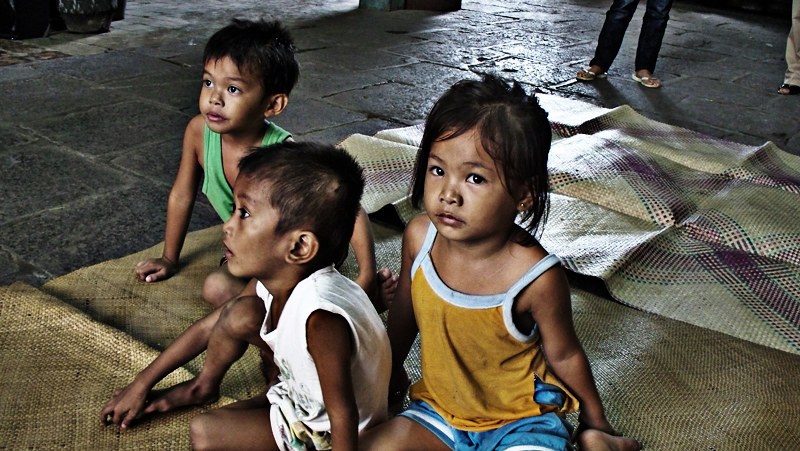
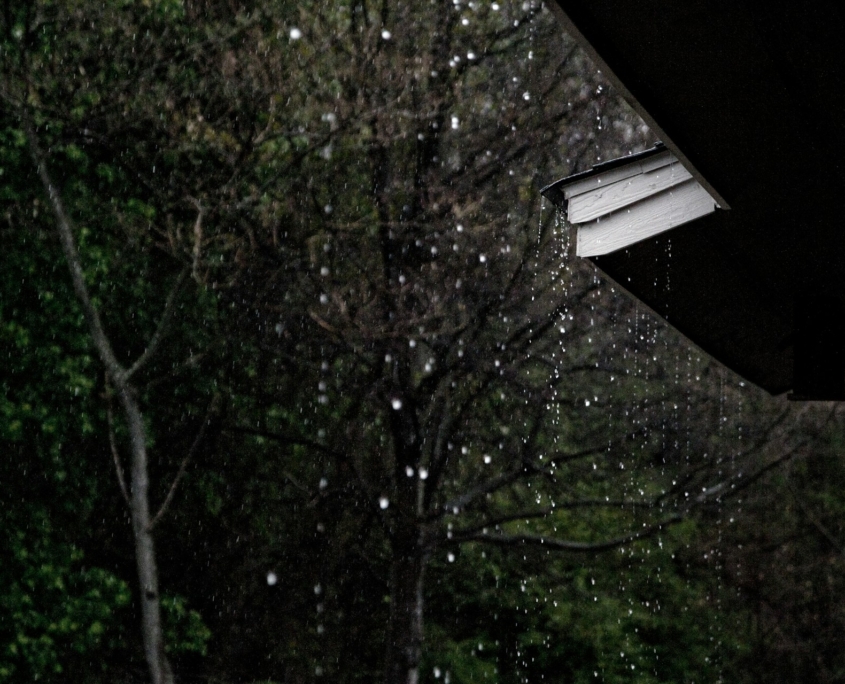 Access to clean water from a tap is a luxury that many people around the world take for granted every day. However, for millions, having easy access to drinking water remains a distant luxury. Making clean water sources available is a critical global priority, driving the creation and adoption of innovative technologies to supply water. This urgency has spurred the adoption of rainwater harvesting in Papua New Guinea, a technique for collecting fresh water that has the potential to transform lives globally. This method not only provides essential water but also represents a sustainable solution to water scarcity challenges.
Access to clean water from a tap is a luxury that many people around the world take for granted every day. However, for millions, having easy access to drinking water remains a distant luxury. Making clean water sources available is a critical global priority, driving the creation and adoption of innovative technologies to supply water. This urgency has spurred the adoption of rainwater harvesting in Papua New Guinea, a technique for collecting fresh water that has the potential to transform lives globally. This method not only provides essential water but also represents a sustainable solution to water scarcity challenges.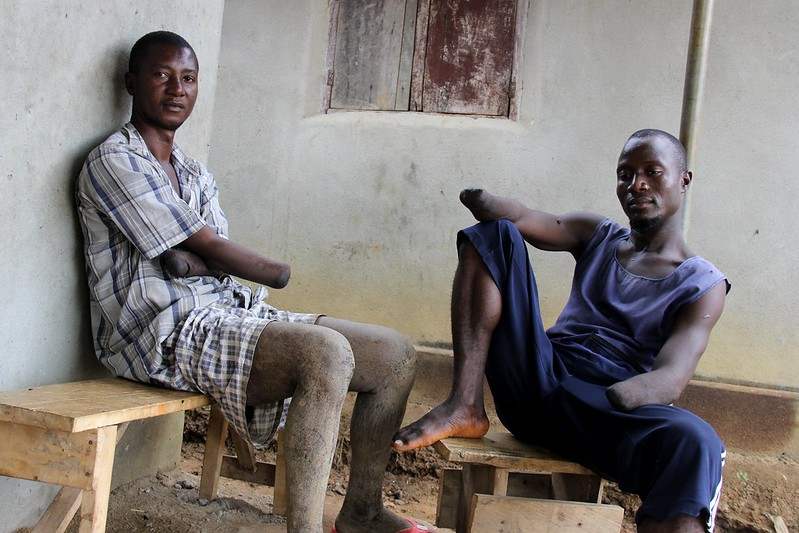
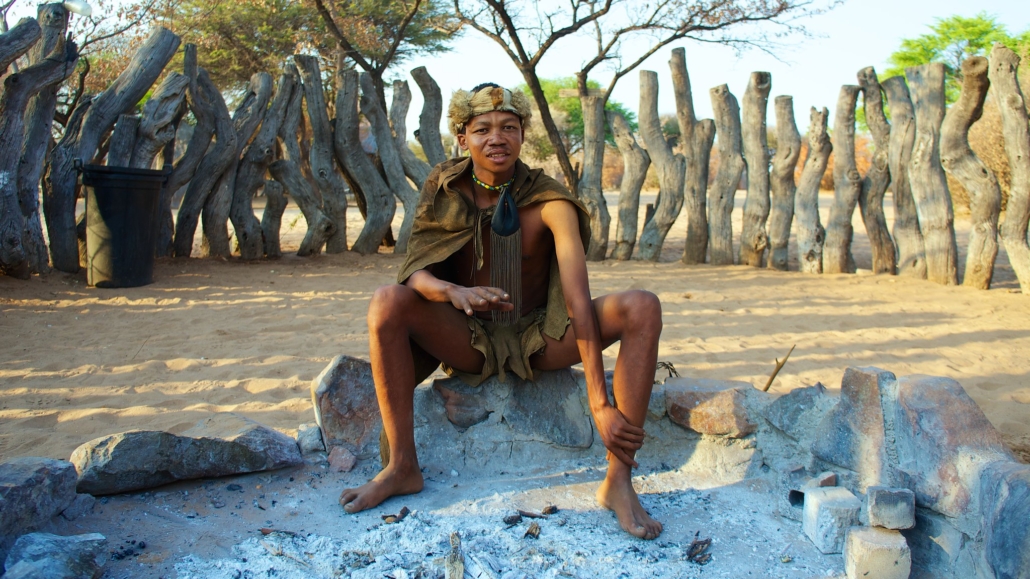
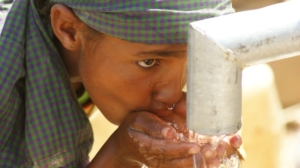
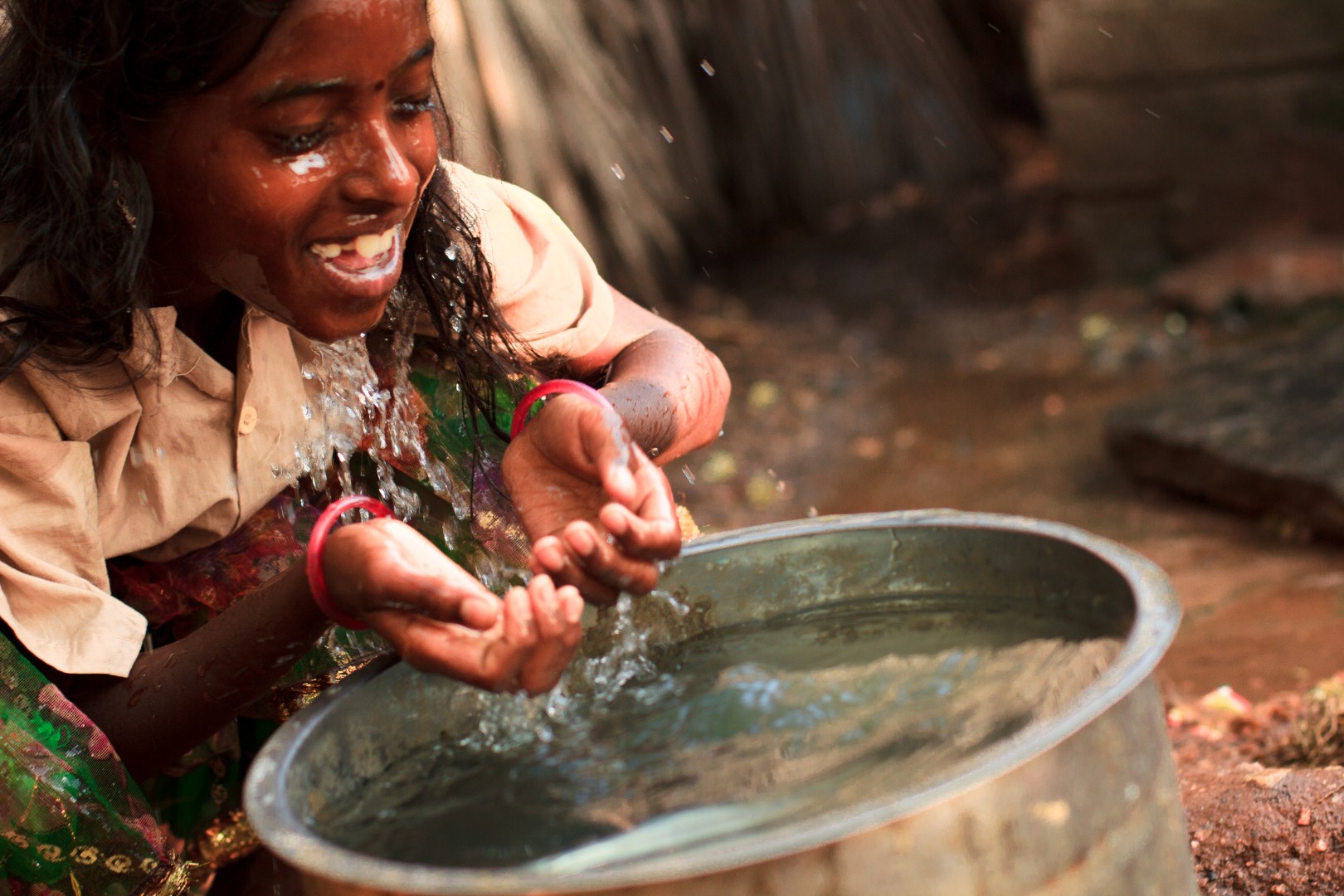
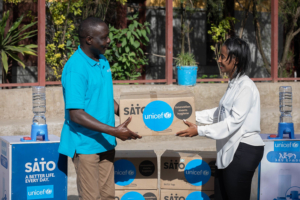
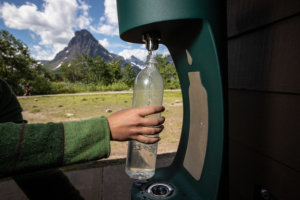
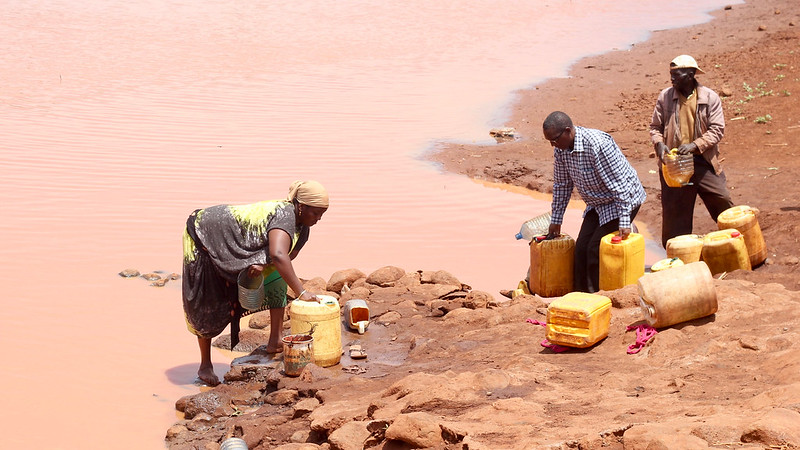 In the continent of Africa, around
In the continent of Africa, around 